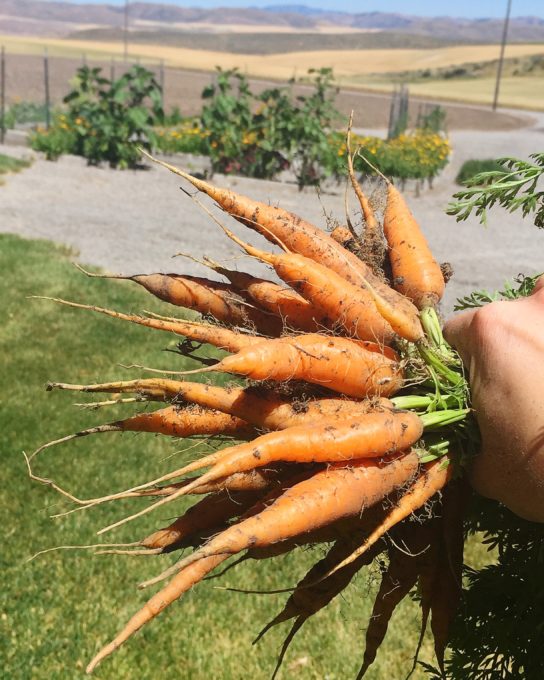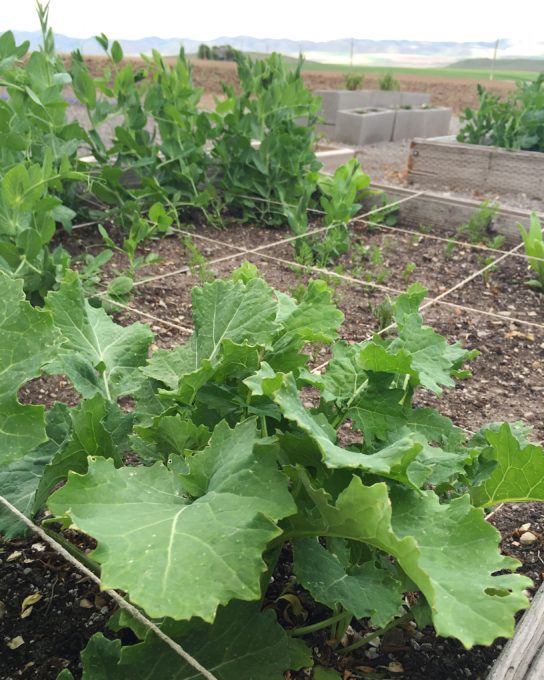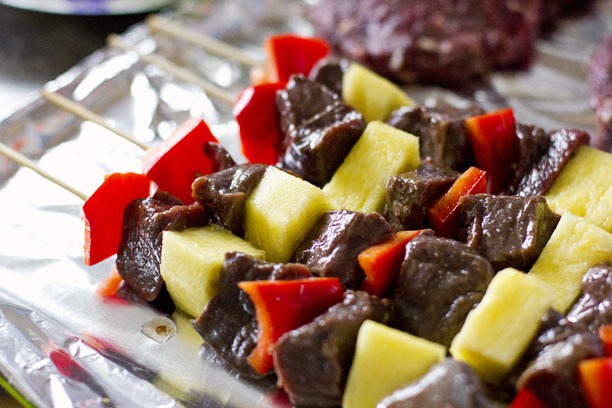Vitamin A is found in many sources, but has two forms. Let’s break down vitamin A from both plant and animal sources.
[disclosure]
I wanted to jump straight into a post all about organ meats and liver, but realized that it was getting very intensive. I am breaking it up into a few different parts to hopefully make it easier to understand why it’s important to consume some of these foods.
Vitamin A is crucial to our health. It is recognized for its effects on healthy vision, cell growth, and immune function. But it is widely misunderstood what good sources of Vitamin A are.
There are two types of vitamin A:
- Retinoids – also known as retinol, these are the bioavailable forms of vitamin A found in animal foods.
- Caretinoids – the precursor to vitamin A found in plant foods.
Typically we think of carrots, sweet potatoes, leafy greens, etc. But these only contain the precursors to vitamin A, meaning that before your body can use them, they must be converted to retinol.
If you are consuming retinoids, your body can easily use and absorb them. Good sources include:
- liver (grass-fed)
- egg yolks (pastured, read my post all about why this is important, here)
- cod liver oil (from good sources)
- fermented cod liver oil (good source)
- butter (grass-fed, I buy Kerrygold brand from Costco)
- cream (grass-fed, try to find local sources)
If an individual is in perfect health, the body can convert plant sources of vitamin A to retinols without a problem. But most of us are struggling in some way or another with our health, so it doesn’t always turn out that way.
Vitamin A should be consumed with vitamin D, which helps the absorption. They work together! Go outside for 30 minutes a day, or take a quality vitamin D supplement.
Fat is an important component of vitamin A consumption as well. Because it’s a fat-soluble vitamin, it must be consumed with fat. As luck would have it, good sources of vitamin A contain the fat needed to absorb it (meat, cream, butter, etc). Someone was pretty smart to design it that way . . .
This is why those on a low-fat diet won’t be absorbing or converting enough vitamin A and can become deficient. Vitamin A deficiency leads to poor immunity, skin issues (eczema and acne), hormonal imbalances, thyroid problems (hypothyroidism), mood disorders, and more.
What is my point??? We all need vitamin A. More than we probably realize. We need the RIGHT types of vitamin A, and we need to put our stigmas aside and realize that traditional cultures and peoples had it right when they consumed all the animal parts.
Up next, why you need to be eating liver. ASAP. But don’t worry, if you can’t stomach it, I have a great option for you (that I use myself)!









Ooh the suspense is killing me, lol. Waiting for my other option…the thought of eating liver sounds nasty, but in reality I’ve never had it, so maybe I should forgo the stereotype it has and try it! ha